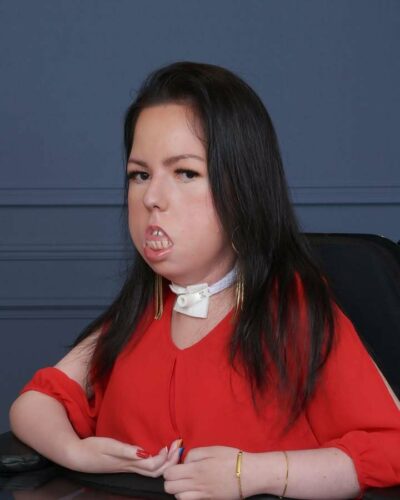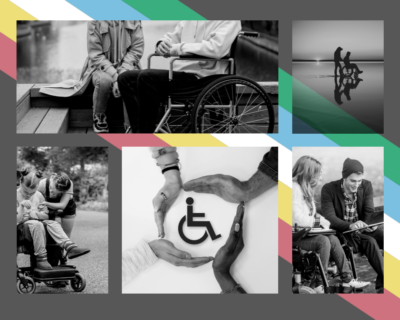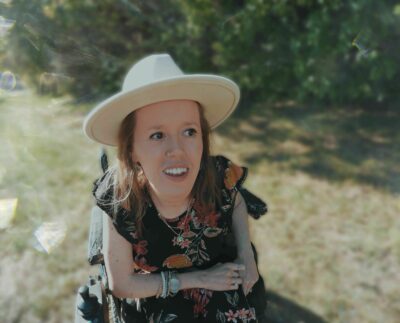Straight Talking: Everything You Need To Know About Scoliosis
For people with a neuromuscular condition, one complication of the condition can be scoliosis. So, in this article, The Loop discusses what scoliosis is as well as treatment options available.
For people with a neuromuscular condition, one complication of the condition can be scoliosis. So, in this article, The Loop discusses what scoliosis is as well as treatment options available.
What is scoliosis?
Scoliosis is a curvature of the spine. In more common cases it is a curve to the side, but it can be back and front as well. Curves range from a “C” shape to an “S” shape, depending on the part of the spine that is affected.
Scoliosis is generally diagnosed with an x-ray, however, other symptoms can be uneven shoulders or hip alignment, a person’s head not being centred or a shoulder blade sticking out more than the other.
Causes for scoliosis vary from person to person, as this condition can occur in able-bodied people as well. For people with a neuromuscular condition, it is often a result of the core and back muscles not having the strength to keep the spine straight, especially as they grow.
Complications of scoliosis
Depending on the degree and location of the curve, there are some complications that can arise from scoliosis.
A person may experience back or hip pain, as well as numbness or tingling in their legs. It may also cause further breathing problems if the curve is impacting a person’s lungs.
If scoliosis affects a person’s seating position or if the ribs rub on a person's hip, it can lead to pressure sores.
If a person is experiencing pain or any complications as a result of scoliosis, The Loop always recommends consulting your doctor.
Treatments available for scoliosis
With scoliosis affecting around 1% of all Australians, there is a wide range of treatment options available. Thanks to medical advancements in recent years, treatments are now much less invasive.
Generally, there are two typical treatment options. The first one is for the person to wear an external brace for an extended period of time in order to help straighten the spine. For people with a neuromuscular condition (as scoliosis isn’t often the result of bad posture) this cause of treatment isn’t the one most commonly used.
The second treatment option is surgery, either in the form of placing rods along the spine or spinal fusion. Magnetic rods are now an option, which allows surgeons to lengthen the rods as the child grows without the need for further surgery.
Depending on the degree of the curve and quality of life, some people may choose not to go down any of these treatment options. Instead, they may choose to be monitored by a spinal or orthopaedic surgeon. In this case, they may choose to take part in exercise or physiotherapy activities to help reduce the impact of scoliosis complications on their life.
Outcomes of people with scoliosis
When scoliosis is treated or managed appropriately, there is no impact on a person’s quality of life.
For people who undergo surgery (especially a spinal fusion) there may be restrictions in moving when it comes to bending, flexing and twisting. However, again this doesn’t generally affect a person’s wellbeing.
At the end of the day, people with neuromuscular conditions and scoliosis go on to achieve amazing things!
More resources
If you’re looking for more information on scoliosis, visit these resources.
Scoliosis Australia: https://www.scoliosis-australia.org/about-scoliosis/neuromuscular-scoliosis/
National Library of Medicine: https://www.ncbi.nlm.nih.gov/pmc/articles/PMC6542926/
Have advice, 'how to' guides or a story you want to share? We want to hear from you!
You can submit your story or guide via our form. Provided your content meets our content requirements, your post will be published by a Loop moderator to the Living Life section.
Share your story



Join the conversation